Serif has made the iPad editions of its Affinity software, image editing app Affinity Photo, vector design software Affinity Designer, and page layout tool Affinity Publisher available for free.
The change comes ahead of a big…
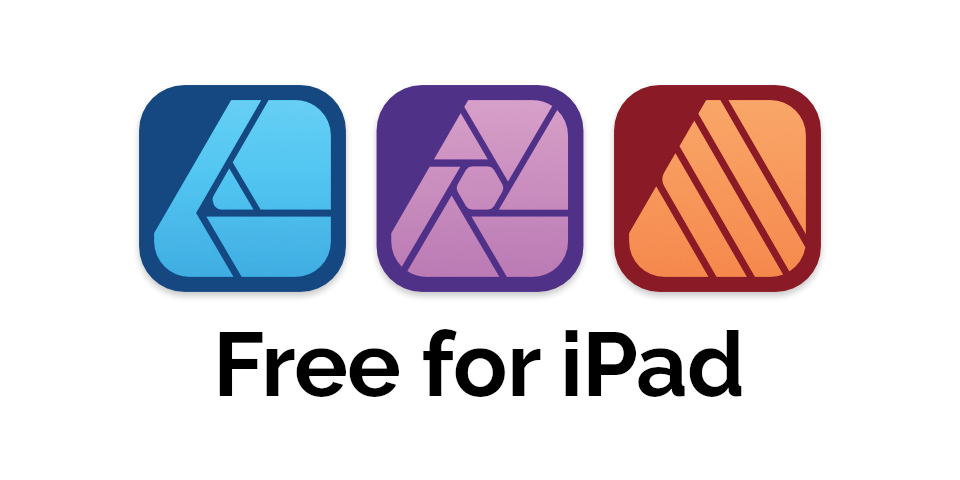
Serif has made the iPad editions of its Affinity software, image editing app Affinity Photo, vector design software Affinity Designer, and page layout tool Affinity Publisher available for free.
The change comes ahead of a big…
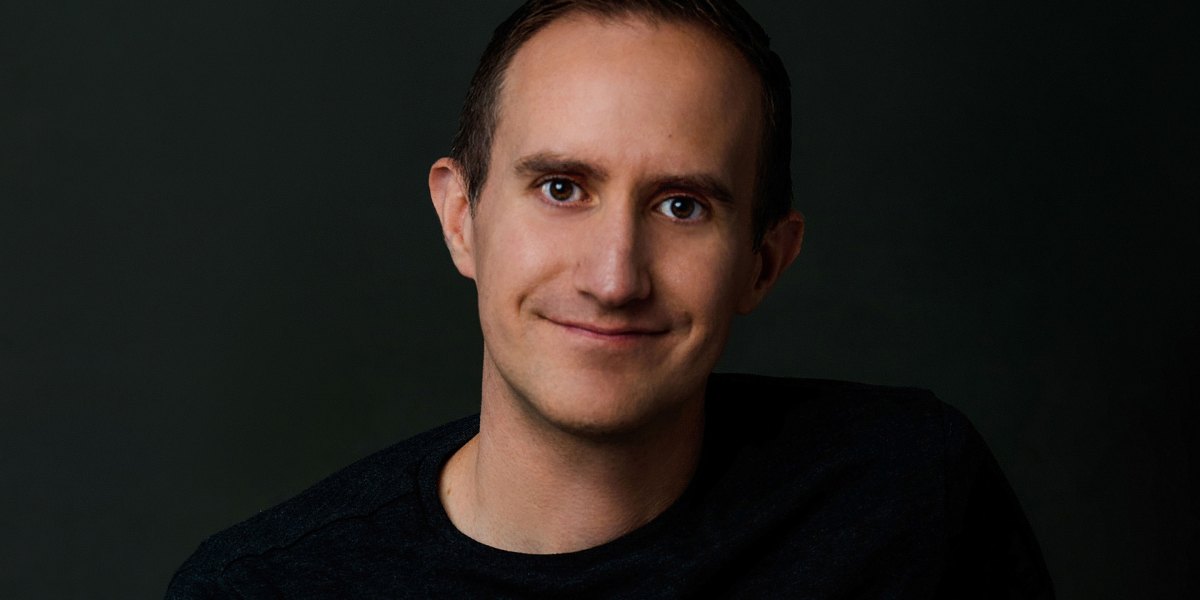
Material success can be measured in a multitude of ways: cars, luxury items, and followers. But behavioral finance expert Morgan Housel has an unusual exercise to do so: a reverse obituary.
“It’s a little bit morbid, but it’s to write what you want your obituary to say, and then try to live your life up to that,” Housel tells Fortune in discussing his latest book “The Art of Spending Money.”
He isn’t the first to adopt the approach for living a fulfilled life. The sentiment echoes that of Berkshire Hathaway’s legendary investor, Warren Buffett, who says many of his life philosophies were gleaned from his right-hand man, Charlie Munger, who passed away in 2023.
“Early on, write your desired obituary, and then behave accordingly,” Buffett wrote in a previous shareholder letter in 2022.
Now it’s one of Housel’s ways to measure legacy too: if it’s not important enough to take to the grave, it doesn’t matter at all.
“If I were to write what I want my obituary to say, I would want it to hopefully say: ‘Morgan was a good husband, a good dad, a loving friend, helped his community, helped people in need’” he said.
Housel is known for his bestseller The Psychology of Money, which dissects how people’s previous beliefs, behaviors, and emotions impact finances. Now, he’s unveiling the psychology behind spending.
Housel emphasizes that spending is not about getting things down to a science, it’s an art that shouldn’t have a “one size fits all” approach. How you’re spending it also makes all the difference: Housel says if a majority of your expenditures are material items, you haven’t yet learned the most important life lessons.
Housel says that when he was in his 20s, his aspiration for the material world was at its highest– yearning for things like a new Ferrari or a mansion. Later in life, he realized that family and community took precedence over anything he had wanted to splurge on in his past.
“When you do that exercise [writing your obituary], you immediately realize what you would not care about: your salary, the size of your house, how often you bought a new car, where you went on vacation. That does not matter at all,” Housel added.
Other successful founders have emphasized long-term legacy over short-term spending.
Jeff Bezos famously used a similar approach to decide to leave his cushy financial job and start Amazon, for instance.
“I wanted to project myself forward to age 80 and say, ‘OK, now I’m looking back on my life. I want to have minimized the number of regrets I have,’” Bezos has previously explained.
“50 or 60 years from now, I am not going to say, I wish I earned more and spent more. There’s a very good chance we’re going to look back and say, ‘I wish I was more helpful and more loving to the people who I really cared about in my life’,” Housel said.

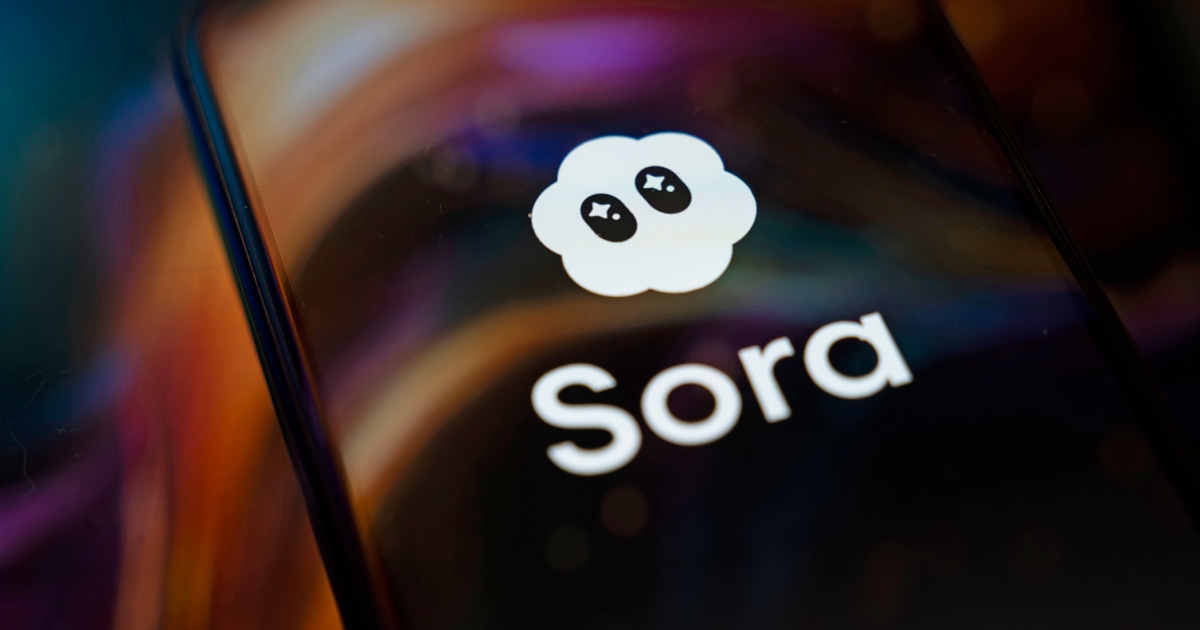
OpenAI’s new text-to-video app, Sora, was supposed to be a social AI playground, allowing users to create imaginative AI videos of themselves, friends and celebrities while building off of others’ ideas.
The social structure of the app, which…

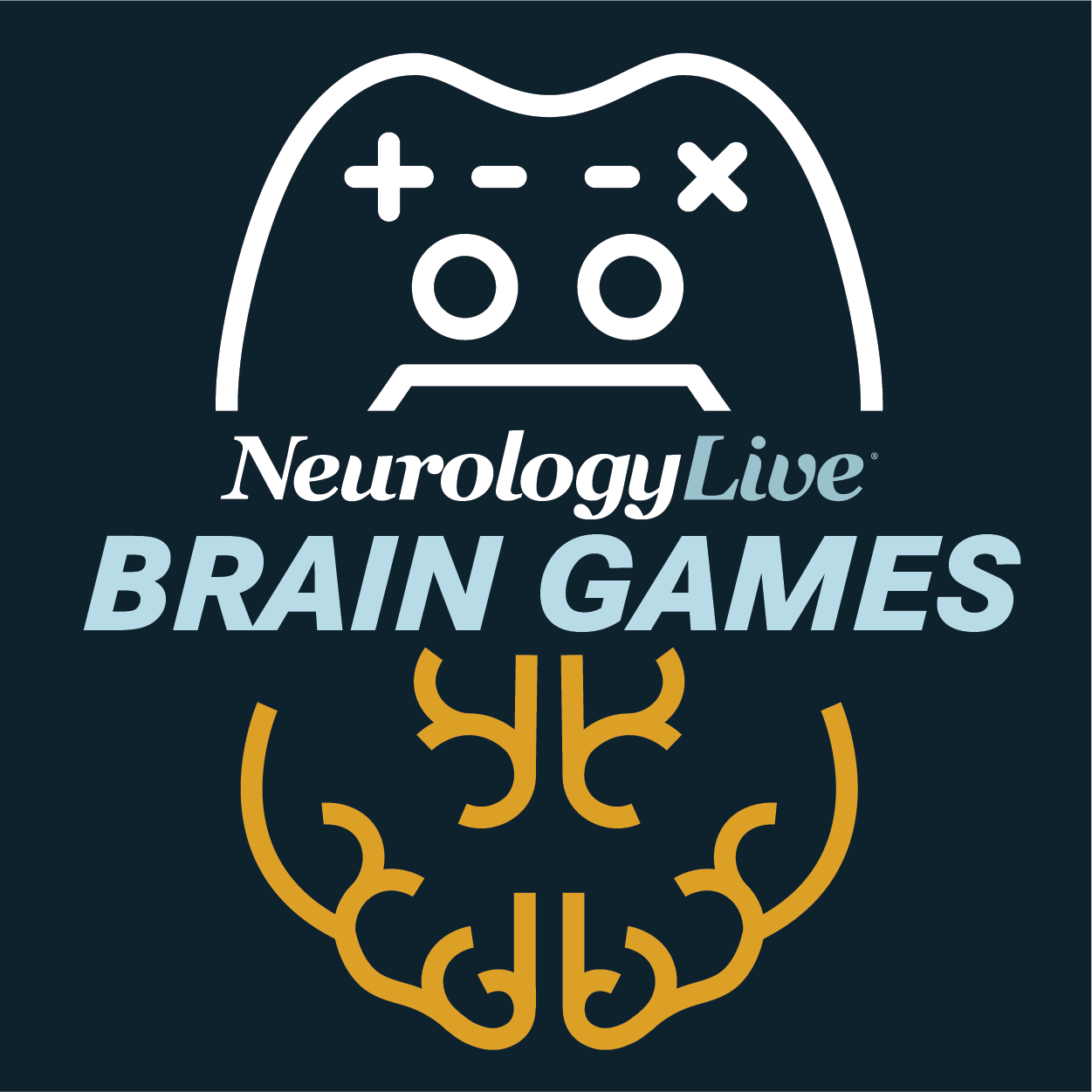
Welcome to NeurologyLive® Brain Games! This weekly quiz series, which goes live every Sunday morning, will feature questions on a variety of clinical and historical neurology topics, written by physicians, clinicians, and experts in the fields…
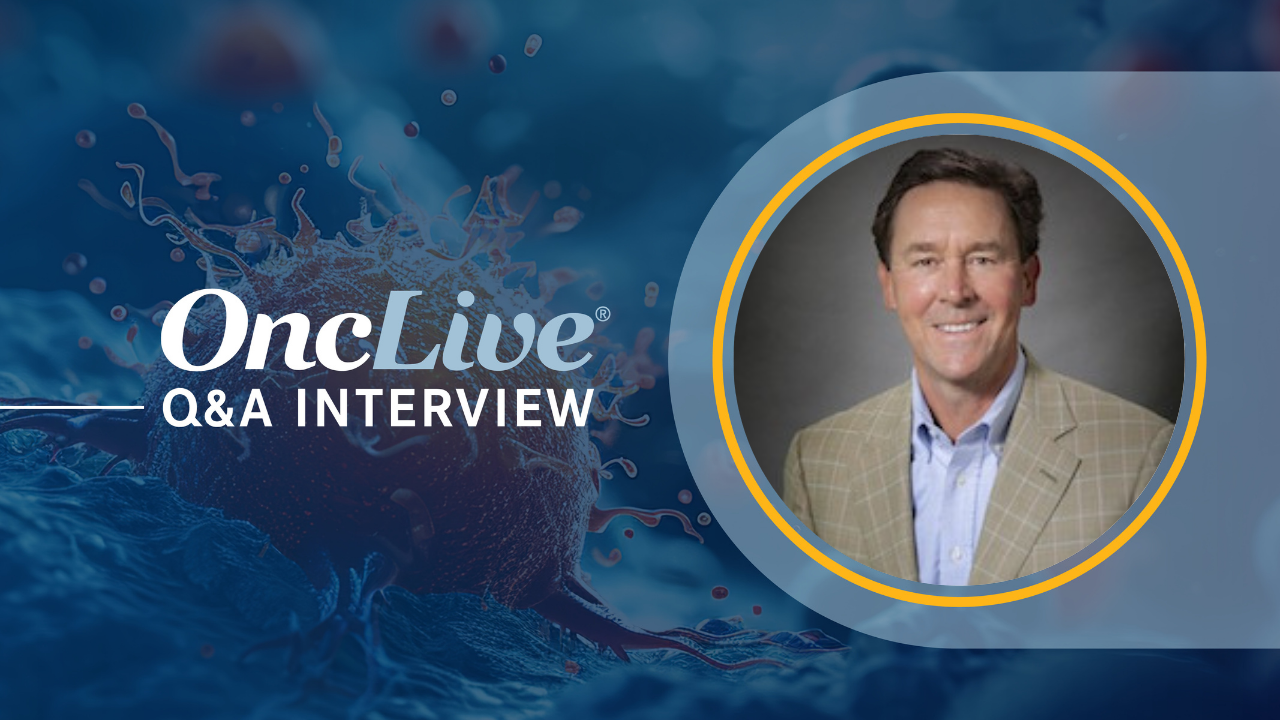
Subcutaneously administered systemic therapies are expected to reduce administration times, minimizing the time an individual treatment chair or room is needed while simultaneously giving patients the freedom to choose how to spend more of their time outside the clinic, according to J. Thaddeus Beck, MD, FACP.
The most recent regulatory approval of subcutaneous treatment was announced on September 19, 2025, when the
The agent was tested in the phase 3 Study MK-3475A-D77 (NCT05722015) in patients with untreated, metastatic non–small cell lung cancer (NSCLC) without EGFR, ALK, or ROS1 genomic tumor aberrations. Patients were randomly assigned to receive subcutaneous pembrolizumab (n = 251) or IV pembrolizumab administered every 6 weeks with platinum doublet chemotherapy.
The results showed that the predefined acceptance margin was met for the pharmacokinetic end points with the lower boundary, 96% CI for cycle 1 area under the curve 0 to 6 weeks, and 94% CI for cycle 3 Ctrough, of the geometric mean ratios above the prespecified threshold of 0.8 for comparability. Descriptive analyses of efficacy also indicated that the confirmed objective response rate was 45% (95% CI, 39%-52%) in the subcutaneous arm vs 42% (95% CI, 33%-51%) in the IV arm. Progression-free survival and overall survival outcomes were also similar between arms.
“I think [this approval] is the wave of the future. [I expect that] more of these monoclonal [antibodies] will be given subcutaneously,”
In the interview, Beck discussed the regulatory agency’s approval of subcutaneous pembrolizumab, its significance for patients and providers, and considerations that should be made before the agent is introduced into clinical practices.
Beck: The approval of the subcutaneous form of pembrolizumab gives us another option that we can use to tailor treatments for patients’ individual situations. The main benefit is the ease and simplicity of administration [since it allows for a] shortened administration time. It’s a 2.4 mL or 0.5 teaspoon size injection that can be given in seconds instead of [over 30 minutes].
We’ve had very good feedback from patients who are on the trial [about] how it really changed the way they thought about treatment. They liked the fact that it was shorter and quicker, so that they could be in and out. They could have more time to do what they wanted to do before and after their treatment, [providing] much more of a pleasant experience for them.
The patients like it better. It will save chair time, so treatment chairs or rooms will not be occupied as long. You can cut the infusion time down. If it’s being given with another IV chemotherapy, you can drop the last infusion, given that it is subcutaneous, and the patients will have a better experience.
What is important to note about the design of the pivotal trial?
The trial was designed with two arms that compared sequential treatment. The first arm was IV therapy for [X] cycles, followed by subcutaneous therapy. The second arm was subcutaneous therapy, followed by IV therapy. Then patients were allowed to assess how they felt with the treatment and choose which one they’d like to continue with. Most patients chose the subcutaneous version.
There were no unique adverse effects or safety signals. Other than the administration difference, [the subcutaneous formulation] seemed to act in the same form and fashion [as the IV formulation].
People have to get partially undressed [to receive the therapy], so you’ll need a private area to [allow for that]. We’re in the process of building a new facility, and we’re taking this change into account. We’re creating a whole separate fast track area where patients can [experience] the faster workflow and have more privacy, so they can take advantage of this program.
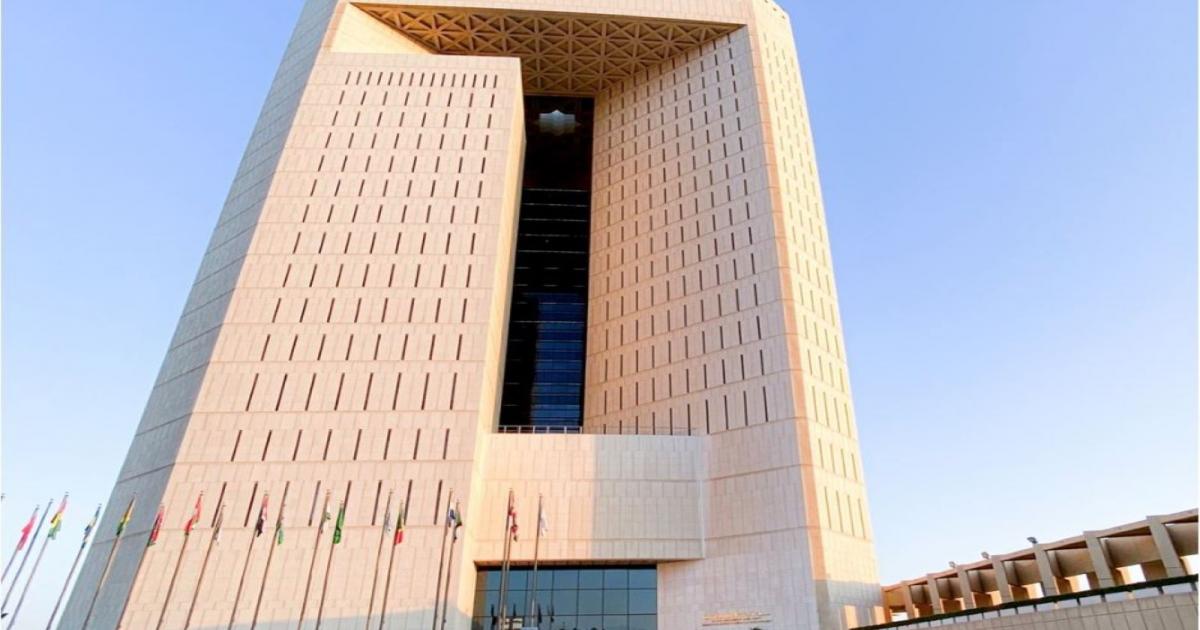
8 October 2025 – The Islamic Development Bank (IsDB, the Bank) raised EUR 500 million through its latest Green benchmark Sukuk issuance under its enhanced 2025 Sustainable Finance Framework (the Framework).
The Bank, rated Aaa/AAA/AAA by S&P, Moody’s and Fitch (all with Stable Outlook) priced the 5-year Trust Certificates under its US$25 billion Trust Certificate Issuance Programme.
The Joint Lead Managers (JLMs) for this issuance were Barclays, BNP Paribas, Commerzbank, Crédit Agricole CIB, HSBC Bank plc, ING and Nomura.
The transaction is the Bank’s first EUR benchmark issuance this year. This followed its two other successful public USD benchmark transactions that raised a total of ~USD 3.5 billion from the global capital markets earlier this year. IsDB has now completed its 2025 funding program.
The latest Green Sukuk issuance, the Bank’s second overall, represents an important milestone for IsDB in the EUR markets, positioning the Bank as a future frequent EUR issuer.
The issuance witnessed a record-breaking orderbook– both in terms of both volume (5 times over subscription) and number of investors – reflecting the Bank’s very active investor outreach with EUR investors over the recent months and the robust market demand for AAA-rated paper in a challenging market environment. The Bank’s active investor engagement over the months culminated in a large increment of new investors participating in this issuance.
The proceeds of the EUR 500 million Green Sukuk issuance will be deployed to finance and re-finance (in whole or in part) eligible projects with environmental benefits under the ‘Green Project categories’ as defined in the Framework.
This is IsDB’s first Green Sukuk under the newly‑launched Framework that was published in July 2025 and supersedes the 2019 Framework. The enhanced Framework aligns with the latest editions of the ICMA Principles and Guidelines, including the 2025 Green Bond Principles, the 2025 Social Bond Principles and the 2021 Sustainability Bond Guidelines.
The Framework introduces more stringent eligibility criteria for green project categories and detailed criteria for social project categories. The Bank also added two new eligible categories in the Framework, namely (a) Climate Change Adaptation and (b) Food Security and Sustainable Food Systems, reinforcing their role in its overall operations strategy and reflecting the increasing project approvals in these sectors in recent years.
The enhanced Framework was reviewed independently by S&P Global, which then published a strong Second Party Opinion (SPO) whereby most of the project categories were assigned Medium Green and Dark Green shading. S&P also noted that there are no weaknesses in the Framework and that it is fully aligned with the ICMA Principles.
Execution Timeline
IsDB formally announced to the market, on Wednesday 24 September 2025, a fixed income mandate for the JLMs to arrange a series of virtual calls and physical meetings in UK, France and The Netherlands, with a potential new 5-year Green EUR Sukuk issuance to follow, subject to market conditions.
Throughout the week of 29September, the Bank met with a diverse range of investors, particularly focusing on ESG dedicated accounts. The Bank was also building upon the investor outreach that it had undertaken across Northern and Southern Europe in early September.
Despite a volatile backdrop, market conditions were supportive for IsDB to announce a EUR 500mn Will Not Grow (WNG) 5-year Green Sukuk transaction on Tuesday, 7 October. After gathering positive interest, the Bank officially opened the orderbook the next morning, on Wednesday, 8 October, with a guidance of EUR SOFR Mid Swap (MS) plus 47 basis (bps) area.
Investor demand quickly exceeded EUR 1.5 billion (bn), enabling the Bank to set the final spread at EUR SOFR MS plus 44 bps, i.e. three bps tighter from guidance. This translates to a profit rate of 2.793% for investors, payable on an annual basis and priced at par.
The momentum continued even with the tighter pricing and final orderbooks closed in excess of EUR 2.6bn (incl. EUR 225mn JLM), resulting in IsDB’s most oversubscribed trade ever as well as its largest EUR book on record.
The final distribution was very well diversified across investor types: Central Banks / Official Institutions / Sovereign Wealth Fund (42%); Asset Managers / Fund Managers (30%); Insurance and Pension Funds (22%); and Banks / Treasury (6%).
From a geographical point of view, Europe turned out with the largest share (53%), followed by MENA (27%), Asia (13%) and the UK (7%).
Dr. Zamir Iqbal, the Vice President (Finance) and CFO of IsDB, said: “The work on the Bank’s enhanced Sustainable Finance Framework reflects the Bank’s commitment to further scale up sustainable development in our Member Countries. The latest AAA-rated EUR Green Sukuk is a landmark achievement that showcases the Bank’s impact and capabilities. The strongest credential for the Bank is very strong interest of investors – we are grateful for their endorsement and confidence in the Bank’s mission and its sustainable finance framework.”
Mr. Mohammed Sharaf, the IsDB Treasurer and Mr. Zakky Bantan, the Manager of the Capital Markets Division added, “The most significant takeaway from this issuance is the influx of new investors. Extensive investor outreach, together with the robust Sustainable Finance Framework, made this possible. We highly appreciate all the support from investors. We look forward to build upon this success for future issuances when we return to the EUR markets next year.”
Jamie Stirling, the Global Head of SSA Debt Capital Markets at BNP Paribas concluded: “An impressive issuance by IsDB that underscores the growing appetite of European investors for high-quality AAA exposure in the region. Partnering with IsDB and the other lead managers, we assembled a broad, diversified investor base – many of them first-time Sukuk participants – demonstrating the confidence placed on IsDB Green Sukuk paper. Congratulations to all the team, a very well-deserved result.”
IsDB is a AAA-rated supranational and multilateral development financial institution with 57 Member Countries (MCs) and a mandate of delivering social and economic development with a focus on sustainability in its Member countries and Muslim communities worldwide. The Bank’s operations span across four continents, touching the lives of nearly 1 in 5 of the global population. Its mission is to equip people to drive their own economic and social progress at scale, putting the infrastructure in place and enabling them to fulfil their potential. The Bank’s targeted efforts across multiple continents foster an environment where the primary focus is on human development and well-being.

The 11th flight test of Starship is preparing to launch as soon as Monday, Oct. 13. The launch window opens at 7:15 p.m. ET.
Monday’s launch is the fifth flight test in 2025. The spacecraft is expected to take astronauts to the moon and eventually…